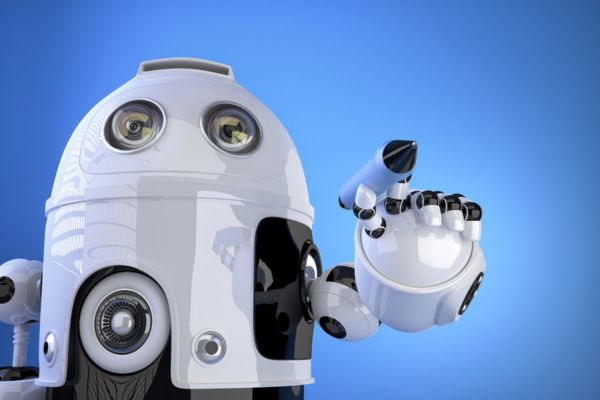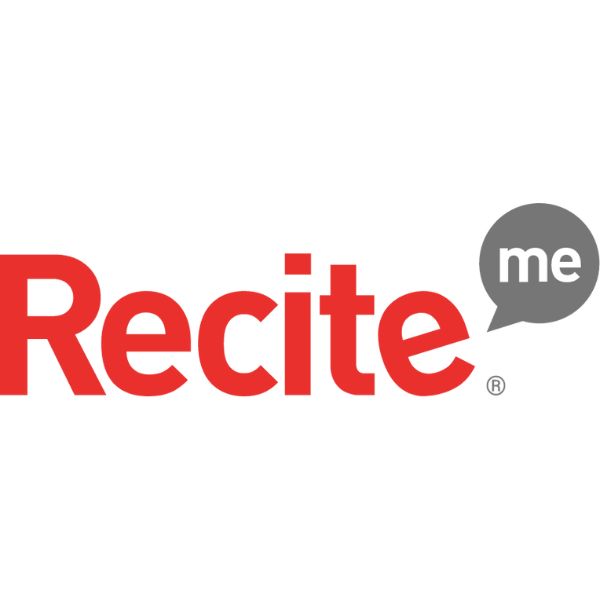Insights
INSIGHTS
All Topics
My Account
Exploring AI for data and analytics
24 May 2023by Paul Rubens
We look at how data analytics can provide huge benefits for charities when powered by artificial intelligence
Artificial intelligence has burst into the public consciousness in 2023, thanks to the enormous success of ChatGPT.The artificial intelligence service has taken the world by storm since an upgrade was released in November 2022 allowing anyone to ask questions or make requests for information in plain English. Previously the service could only be accessed using complex application programming interfaces (API) or API-driven programs.
ChatGPT trawls through vast amounts of data available on the internet to formulate its responses. These can be in the form of news articles, blogs, or even the answers to exam questions. Essentially it “understands” a question, analyses data, and then generates content that addresses that question.
AI for data analytics
While AI generated content can be very useful for your charity, there’s a potentially far more valuable way that AI can be used by your charity. How? By helping it carry out data analytics.
Many charities have already taken huge steps towards becoming data-driven. They do this by collecting data about fundraising activities, donor behaviour, service delivery, and many other things. They then analyse the data to gain insights which can inform decision making, rather than relying on vague hunches or past experience in the decision-making process.
If your charity carries out that type of data analytics, you’ll be aware that it does have its drawbacks. You need a certain level of expertise to carry out data analytics effectively. And as the quantity of data being analyses increases, it gets more complex and you need far more time to analyse it.
Finds unexpected causes
What’s exciting about AI-powered data analytics is that it addresses both of these problems.
One way that data analytics can be used by your charity is to try to answer specific questions such as: “Why was our fundraising less successful this year than in previous years.”
To try to get to the bottom of it using data analytics, you would have to come up with various possible answers such as “Our advertising was ineffective” or “We asked the wrong people to make donations” or “The cost of living crisis means people are donating less”. The data analysis would then test those hypotheses to try to establish which (if any) is correct.
You’ll notice that you need to come up with some possible answers before you can start testing them, so you have to have some idea of what might be a possible cause before you start with the analysis. But AI-powered data analysis works slightly differently.
An AI has no “preconception” about possible causes for something and can analyse huge amounts of different types of data quickly to come up with correlations and likely causes. In simple terms, it looks at almost every possible cause of a problem – even ones that are unlikely to occur to a human.
Faster than a speeding human
When it comes to the time required for data analysis, AI data analytics wins hands down. That’s because it can extract, clean, and process vast amounts of data with incredible speed.
The more data you have the more likely your data analytics will be useful, and with AI analytics there is far less of a trade-off between the amount of data you analyse and the time it takes to get useful insights and answers to your questions.
How you can use AI-powered data analytics
Let’s take a look at four broad ways that it can be applied.
Descriptive analytics
Descriptive analytics examines your data to help describe what has happened in the past. For example, it might reveal that increasing spending on advertising has had no effect on the amount of funds that your charity raises each year, or that you have been most successful in raising funds from supporters who you contact once every six months.
Diagnostic analysis
Diagnostic analysis is where the AI’s preconception-free “state of mind” excels, by identifying causes of things like a fall in fundraising success, and the relative importance of different causes. You might have a hunch that your new advertising campaign is ineffective, for example, but it may turn out to be that a change in your charity’s logo means that supporters no longer recognise your brand.
Predictive analysis
Diagnostic analysis is particularly useful for charities, this type of analysis can help predict the likely effect of different actions, allowing your charity to make data-driven decisions about possible future actions. So if you are thinking of reducing the amount of times you contact your top supporters in the year to save money, for example, then it will predict the likely effect (if any) on your charity’s revenues.
Prescriptive analysis
Your charity can use Prescriptive analysis to inform you of what you need to do to reach a desired outcome. You want to double the amount of funds you raise? Then it might tell you that you’ll have to spend this much more on advertising, contact these supporters this number of times during the year, and so on.
Benefits of AI-powered data analytics
Here are just a few ways your charity can benefit.
Better understanding of your donors
By analysing large volumes of data, including donor profiles, past giving patterns, and engagement metrics, you may be able to identify trends and patterns that can help you formulate more targeted fundraising strategies.
More effective fundraising
By using AI-powered data analytics, your charity can identify potential high-value donors, segment donors based on their donation preferences, and create more tailored fundraising campaigns.
More accurate forecasting
AI-powered data analytics can help your charity make more accurate predictions about donor behaviour and giving patterns. By analysing historical data and applying predictive models, you can forecast donor contributions and estimate the potential impact of different fundraising campaigns.
More efficient service delivery
AI-powered data analytics can help you optimise your charity’s operations. For example, it can streamline volunteer and staff management, help optimize resource allocation, and improve supply chain management. That may enable you to reduce your charity’s costs substantially, so you can allocate more of your resources to delivering services to your constituents.
AI tools for data analytics
Here are some to try if you want to get started with AI-powered data analytics:
If you want to learn more about AI, check out recent comprehensive guide to AI.
More on this topic
Recommended Products
Featured Products
Our Events
Charity Digital Academy
Our courses aim, in just three hours, to enhance soft skills and hard skills, boost your knowledge of finance and artificial intelligence, and supercharge your digital capabilities. Check out some of the incredible options by clicking here.




















